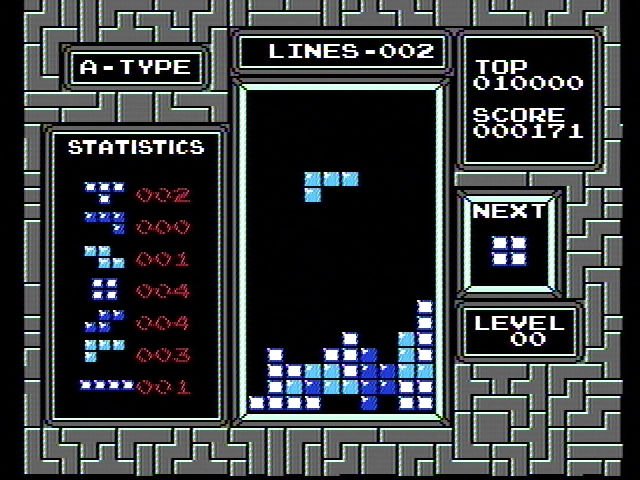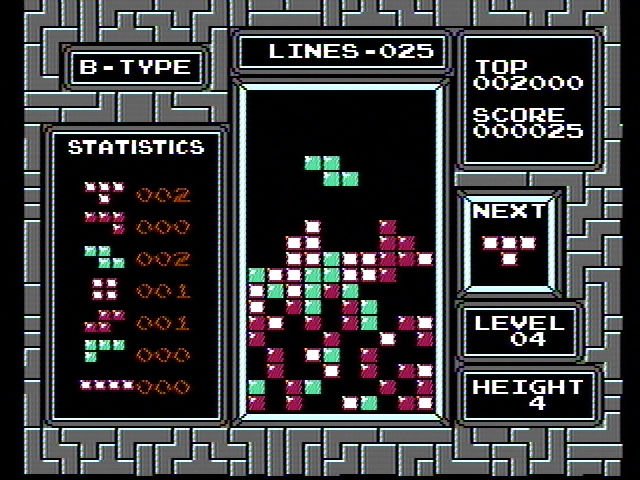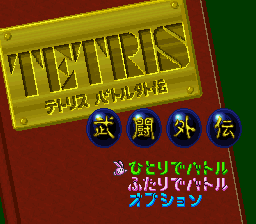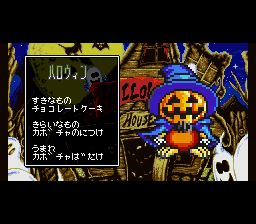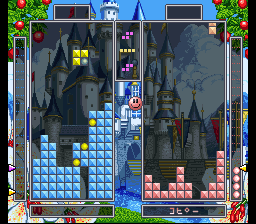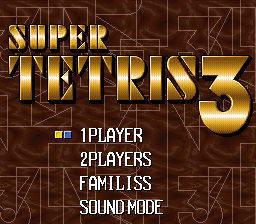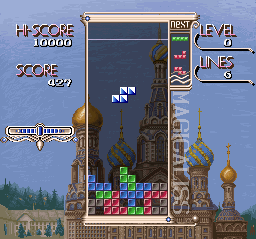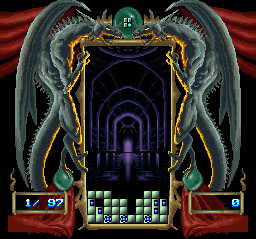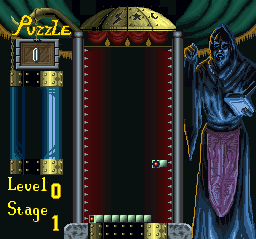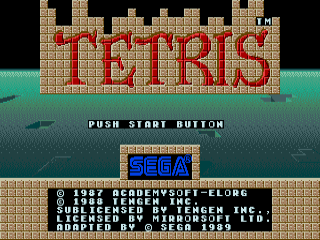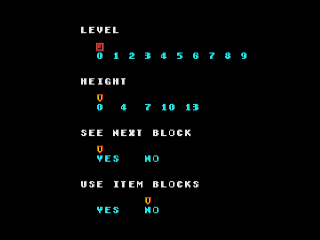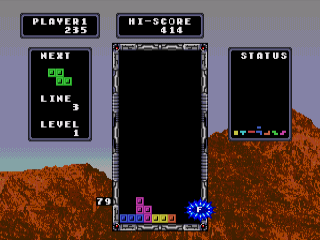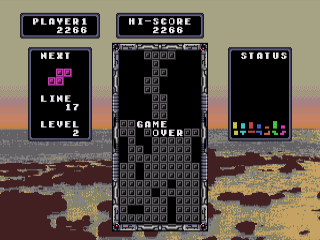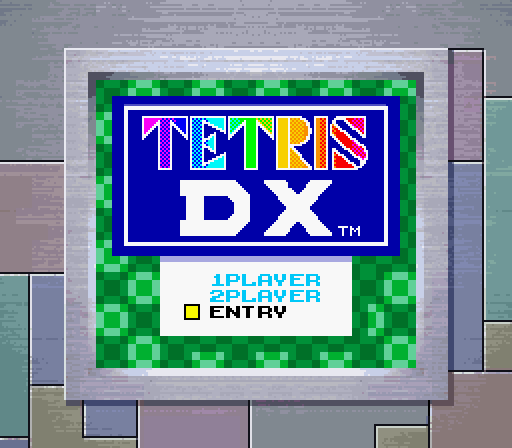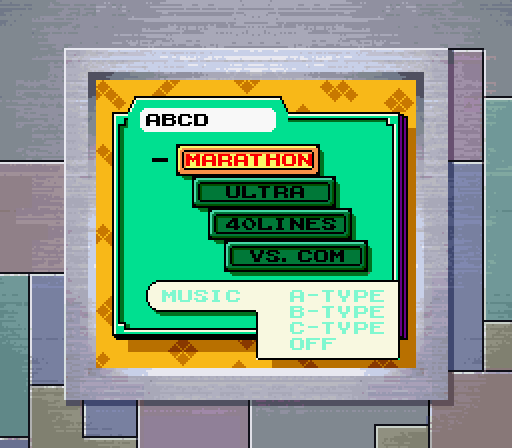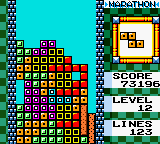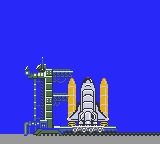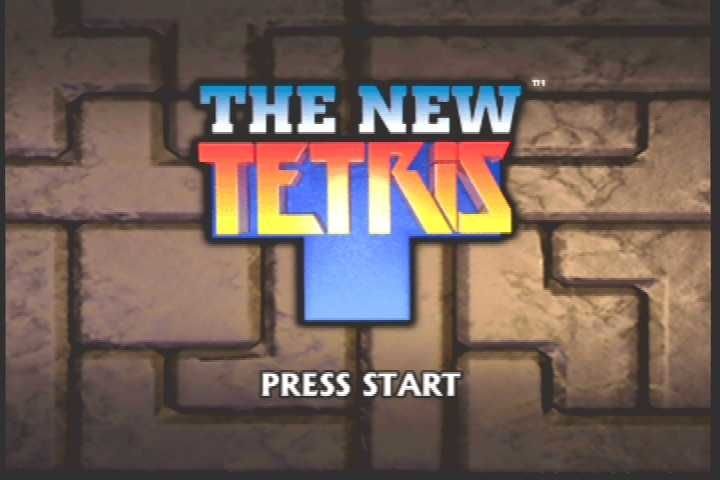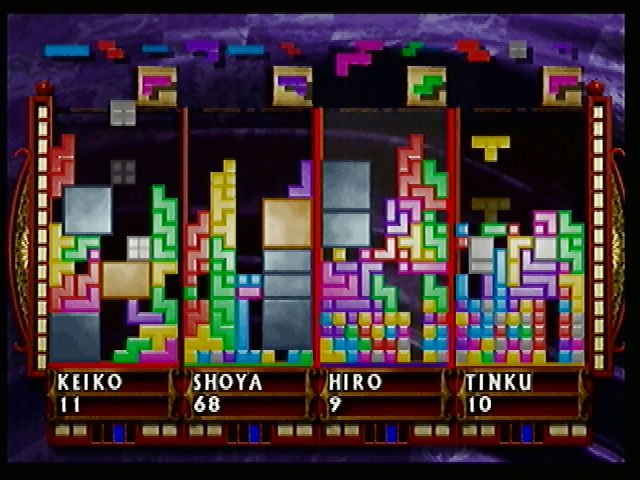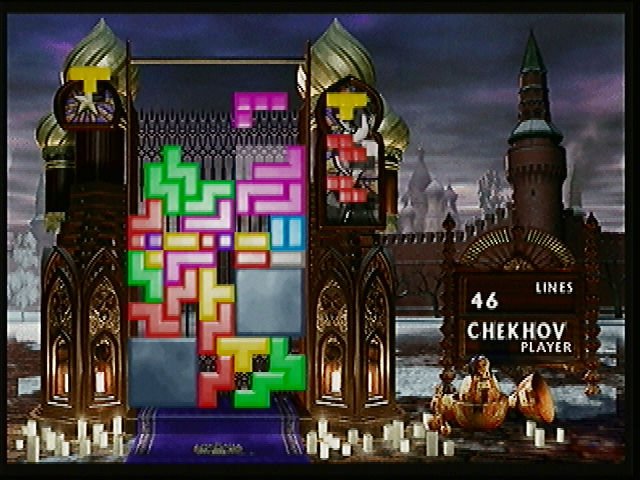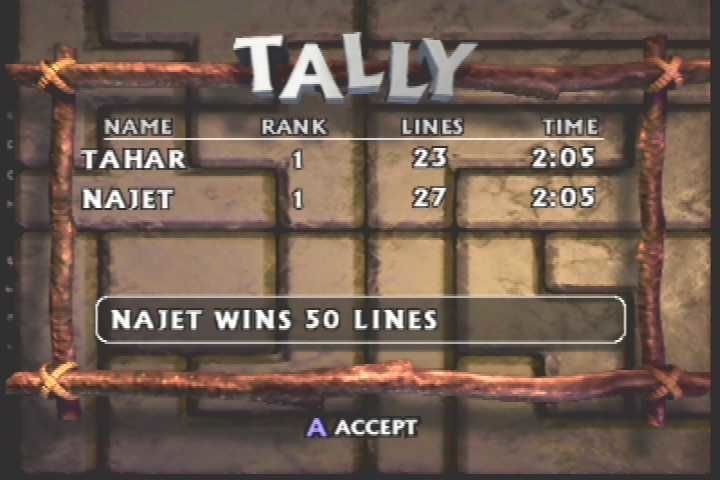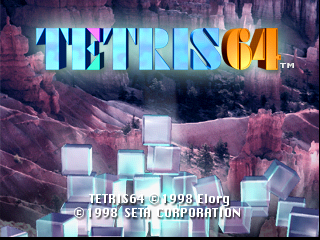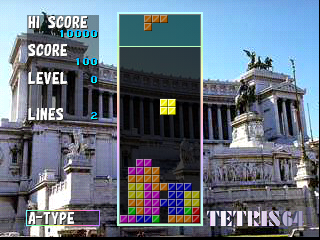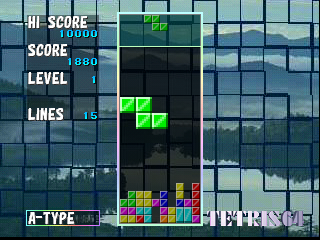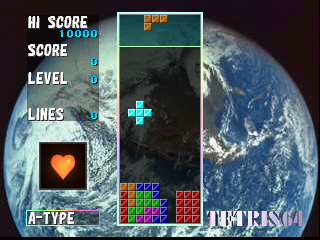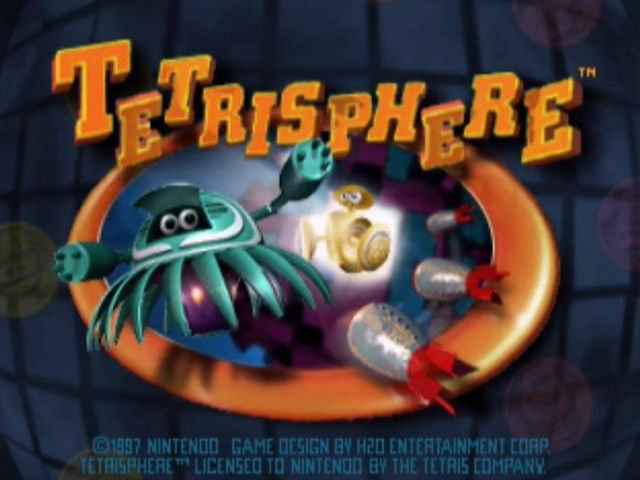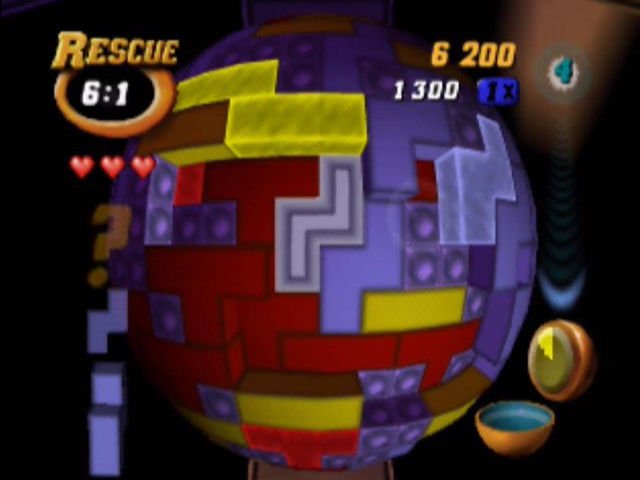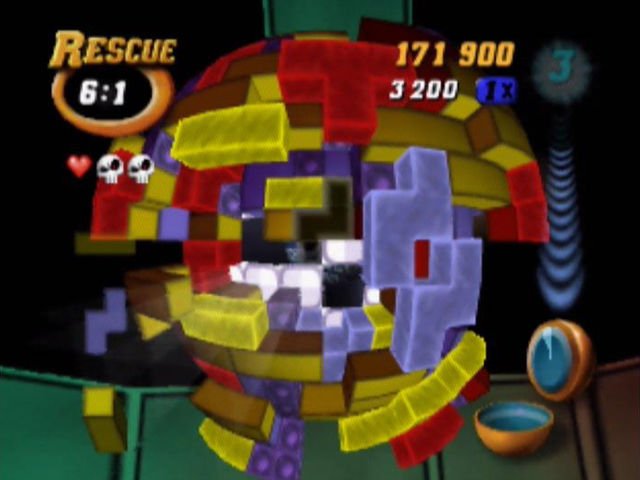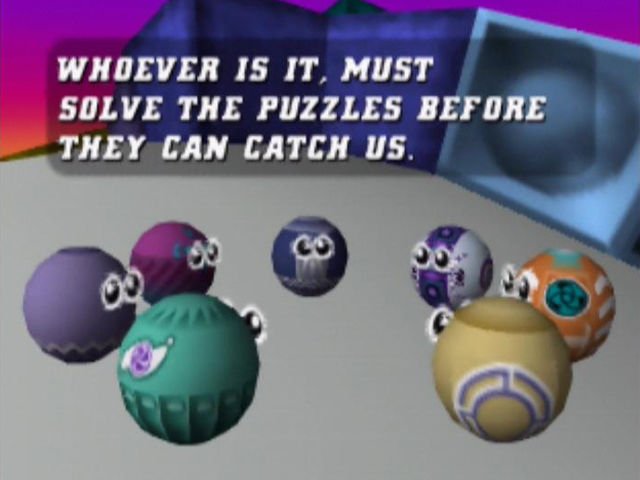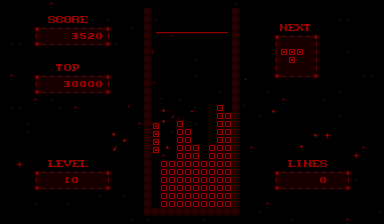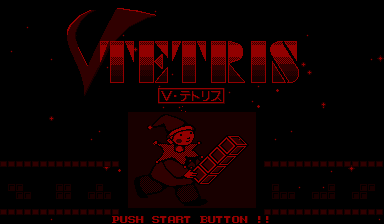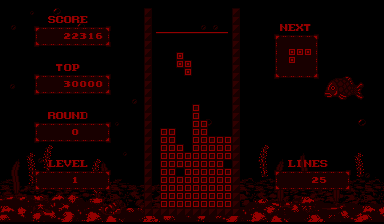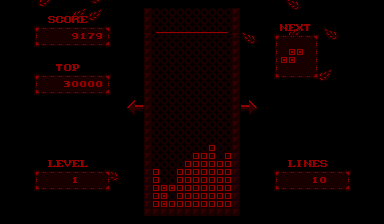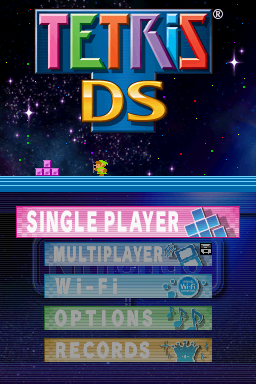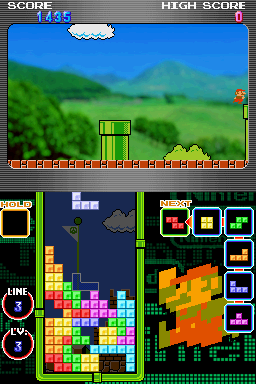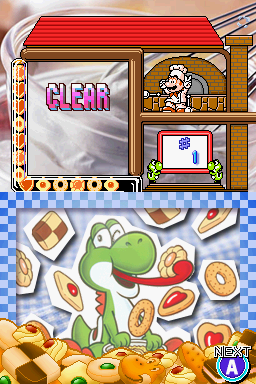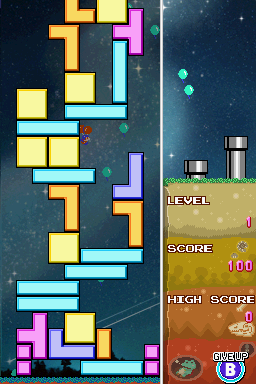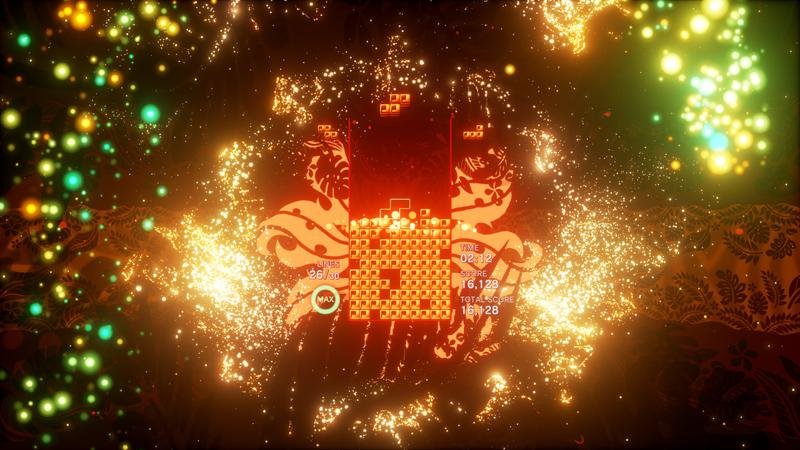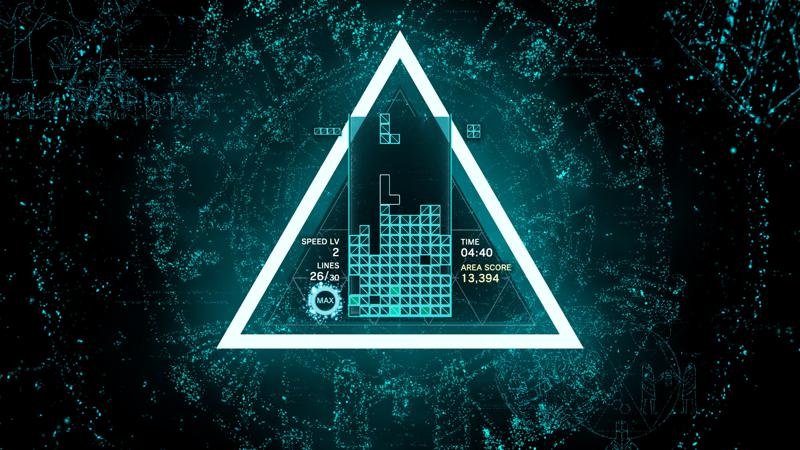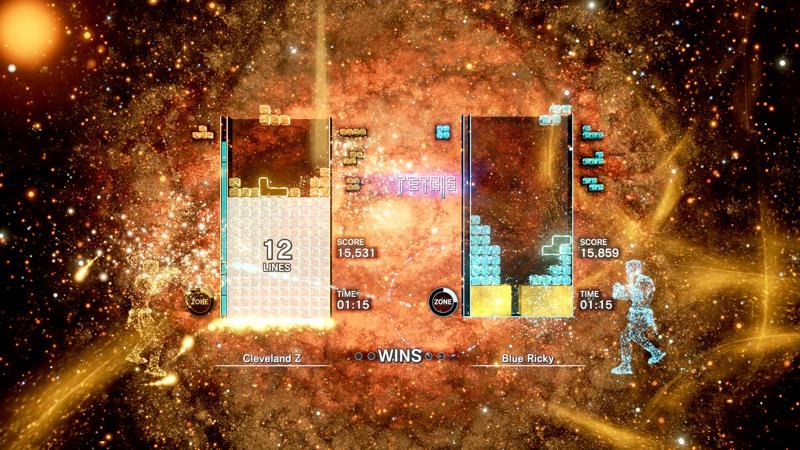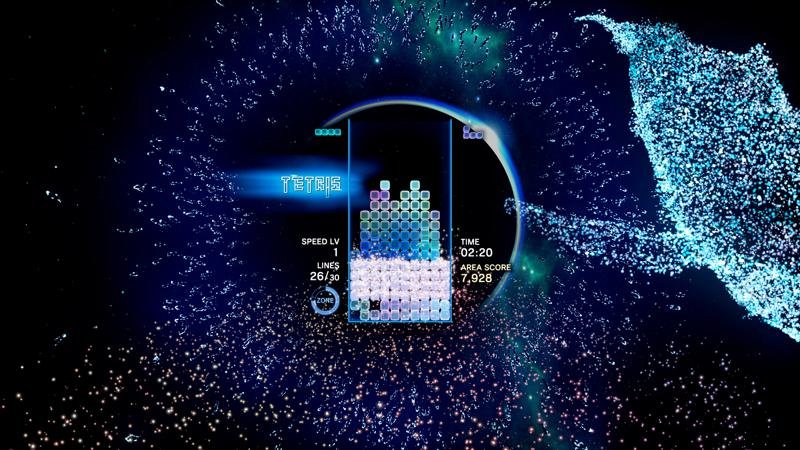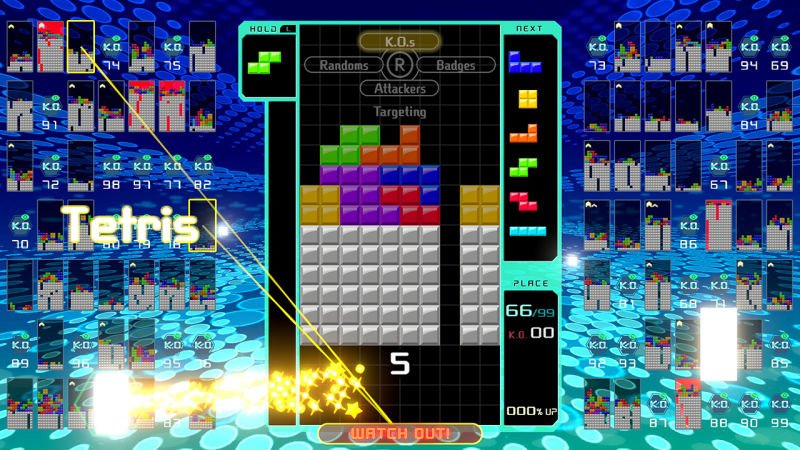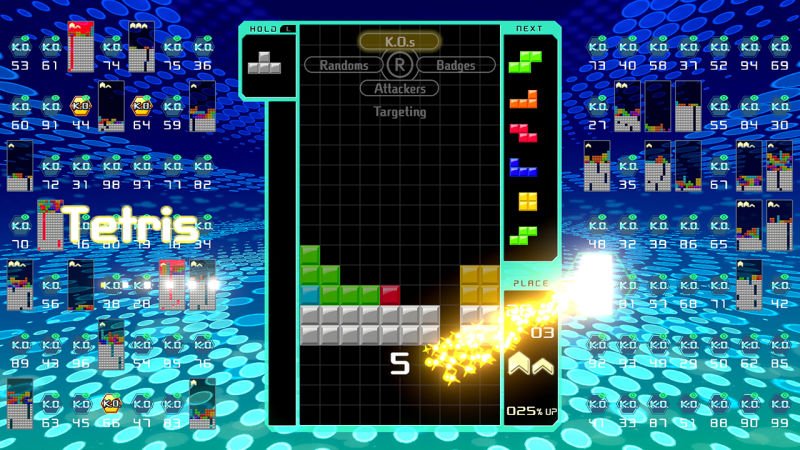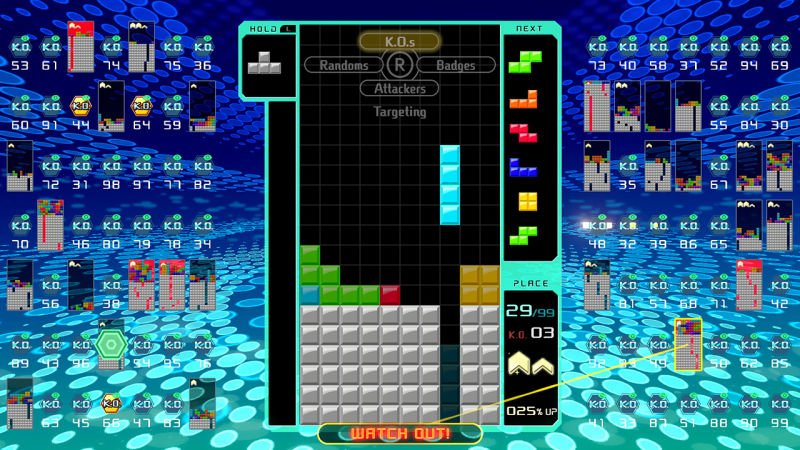Tetris Evolution
Tetris is a classic puzzle game that has been enjoyed by players all over the world for decades. While the game has undergone numerous updates and changes over the years, some people still prefer the original version of Tetris to its more modern counterparts. There are a few reasons why some people may prefer the original Tetris to its updated versions.
The original has a certain nostalgia factor that newer versions simply can't match. For many people, Tetris was a game that they played on their old Game Boy or NES, and it holds a special place in their memories. The classic version of the game has a certain charm and simplicity that newer versions may lack, and for some people, the feeling of playing the original Tetris is just as enjoyable as it was when they first played it. The original Tetris is often seen as more challenging than its modern counterparts. While newer versions of Tetris may have additional gameplay modes or power-ups, the classic version of the game is all about pure strategy and skill. Players must carefully plan their moves and think ahead in order to clear lines and score points, and the lack of any additional features can make the game feel more intense and satisfying when you finally succeed. Some people simply prefer the simplicity and minimalism of the original Tetris. The game has a very straightforward premise, and its pixelated graphics and simple sound effects add to its charm. In contrast, some of the more modern versions of the game may have more flashy graphics or additional features that some players may find distracting or unnecessary.
That said, as of this writing Tetris for the NES is not on our Essential Games List and so I thought it would be fun to take a look at other versions of Tetris across the years and how they enchanted the gameplay. This is not a comprehensive list by any means, just observations from yours truly.
Tetris Battle Gaiden - Super Famicom - Japanese language
Fun little campaign. You pick a cute character and face off against the other characters. Mostly the same Tetris, but an interesting strategy change...the next Tetris block is shared between both competitors so you might speed up or stall your play based on which block you need. You also get power ups based on playing well that you can use to screw over opponents
Super Tetris 3 - Super Famicom - English language
3 modes! Tetrisclassic, Magicaliss, and Sparkliss. You have a profile in this game and actually rank up based on your overall performance in the different modes. Classic is the usual deal. Still no HOLD. But you get 3 lives. The puzzle resets when you lose a life but your score does not. Don't really care for that. Magicaliss is where things get crazy. Now theres a color spectrum that moves and changes the color of the blocks every time you rotate. But don't rotate too often or you'll get to the "grey" color spectrum. Those grey blocks can't be changed to color and don't remove when you clear a set of colored lines. Interesting punishment. Sparkliss is puzzles with blocks already laid out and you lay down pieces with bombs that need to blow up all of the pieces and clear the board. I don't think either of the new modes are particularly fun.
Tetris - Sega Genesis - English language
Funny, I thought it would have more improvements over the NES game, but save for graphical and menu upgrades it is pretty much the same game. One unique quirk, every block you lay down displays how many points that move got you. Funny to see 24 points in a game where you usually score 100k
Tetris DX - Gameboy Color - English language
Some more modern modes I recognize! Marathon, Ultra, and 40 line were all nice see. Unfortunately, like a lot of GB/GBC games I feel like a lot of the novelty in these games is that you could take them on the go. No doubt this would've been an awesome on trips, but kinda basic playing at home
The New Tetris - Nintendo 64 - English language
Mostly the Tetris we have seen before, but now the lines you clear in a particular game mode carry over into your main profile. Completing many many lines will build world wonders like the Parthenon. Kinda neat implied alien/tetris/early man conspiracy. Unfortunately, the modes themselves aren't that interesting. Although, great news, this was the first Tetris that I played for this that had a HOLD piece option.
Tetris 64 - Nintendo 64 - English language
Apparently this didn't review well, but I thought it was a really cool Japanese N64 exclusive game. It's main mode BIOTETRIS is sadly not playable without the N64 Bio Sensor. You put the biosensor on your finger and it measure your heart rate. The faster the HR the more difficult the mode. Thankfully, there is also a new mode called GIGATETRIS which is very difficult. You place down normal tetris blocks and sometimes giant tetris blocks. Much less strategy here and just kinda hoping you can survive. Theres also 4 player Tetris and 3 different difficulties for each mode. A very challenging addition to the Tetris franchise
Tetrisphere - Nintendo 64 - English language
What does it say about a game when its unskippable tutorial introduces so many new rules to the idea of Tetris that you can’t even be bothered to finish it and try the actual game out? That’s what happened to me with this game. Tetrisphere does not remind of Tetris in any way so I don’t feel like I’m missing anything here with my comparison
V-Tetris - Virtual Boy - English Language
This may seem like a very basic version of Tetris now with a monochrome red design. Until you get your hands on Mode C. Mode C uses the Virtual Boys “3D” strength and allows you to wrap the blocks you’ve already established on playing field to the left or right so that they go “behind” the wall. Think of the playing field as a cylinder now instead of a rectangle. This opens up a lot of strategy, but also a lot of pitfalls. Be careful how you stack your blocks or you may unknowingly lock yourself out on the other side. A very welcoming new addition to Tetris games.
Tetris DS - Nintendo DS - English Language
One of the most notable changes in Tetris DS is the inclusion of various Nintendo-themed "skins" that change the appearance of the game. These skins allow players to play Tetris with characters and settings from popular Nintendo franchises such as Super Mario Bros., The Legend of Zelda, and Pokémon. Tetris DS also introduced MANY new gameplay modes. These included "Mission Mode," which tasks players with completing specific challenges in a set number of moves, and "Push Mode," which pits two players against each other in a race to see who can clear the most lines. Tetris DS also included a "Touch Mode" that allowed players to control the game using the Nintendo DS's touch screen and try to clear lines by shifting around blocks that are pre-arranged by the game. The result is a mode that looks like it takes place on the Game Over screen and requires you to slide the blocks into positions that would clear. A very different kind of mode, but welcome for sure!
Tetris Effect - Many Systems - English Language
One of the main ways that Tetris Effect differs from traditional Tetris is in its use of visual and auditory effects to enhance the gameplay experience. The game features a variety of different stages, each with its own unique visual style and music, which change as the player progresses through the game. The game also includes a number of gameplay modes, including a "Journey" mode that guides the player through a series of stages with increasing difficulty, and a "Zone" mode that allows the player to enter a state of flow and clear lines at a rapid pace. Tetris Effect is a fresh and immersive take on the classic puzzle game, offering new gameplay mechanics and an engaging sensory experience for players.
Tetris 99 - Nintendo Switch - English Language
Finally, just what we all wanted: A battle royale-style Tetris game developed and published by Nintendo. In this version of Tetris, up to 99 players compete against each other online in real time, with the goal of being the last player standing. One of the main ways in which Tetris 99 differs from traditional Tetris is that it introduces the concept of "attacks," which allow players to send their own Tetris blocks or "garbage" lines to other players in an attempt to make it more difficult for them to clear lines. While this approach has been done in other VS style Tetris games, the 99 feature ups the ante considerably because you can be targeted by many opponents. This adds a new strategic element to the game, as players must not only focus on their own board, but also on trying to disrupt specific opponents. Fear not, Tetris 99 may be the first Tetris game that isn’t so much about winning, just trying your best. It’s the best quick burst of multiplayer Tetris I can think of.

